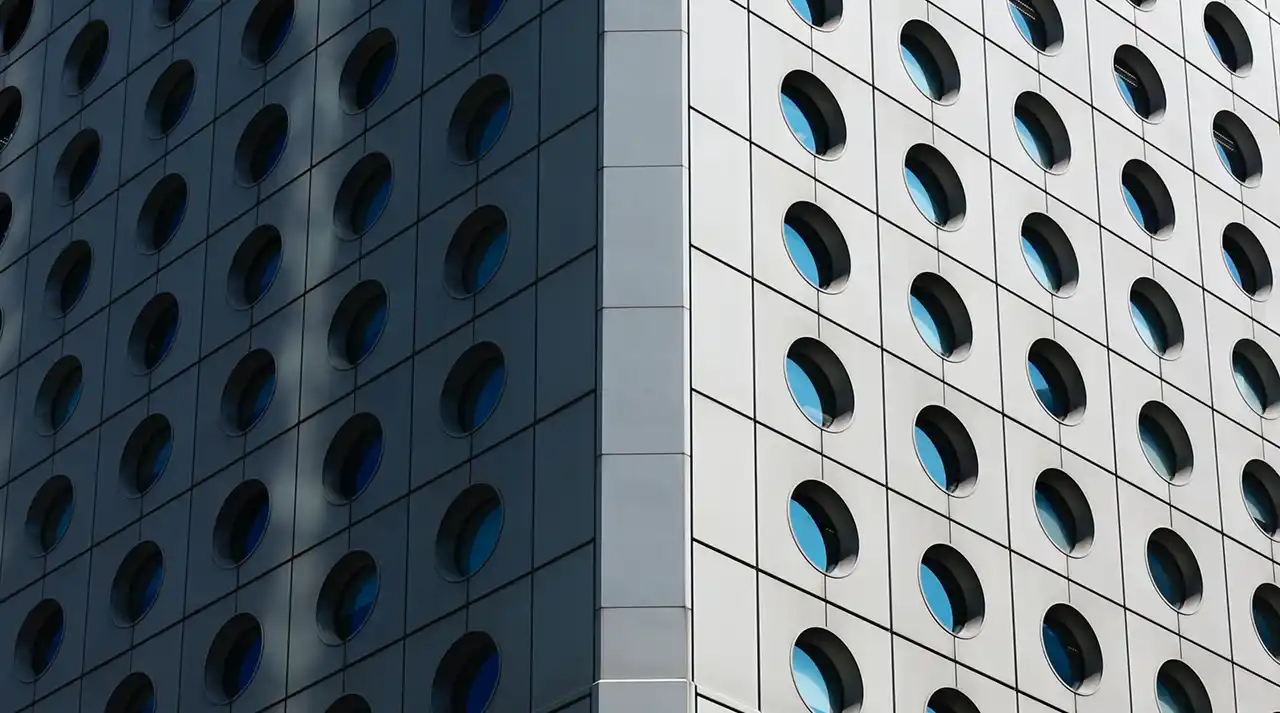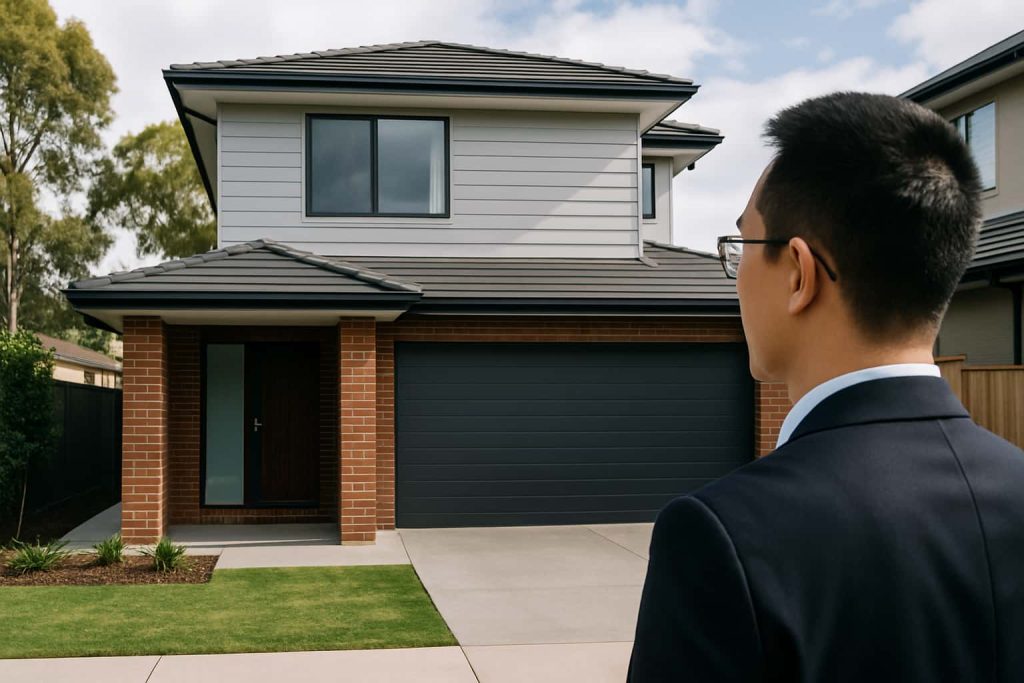The rental squeeze is tightening hard in Australian capital cities, with some recording vacancy rates as low as 0.1 per cent.
Things are tightest in Brisbane, Perth and Adelaide, whereas in Melbourne and Sydney the vacancy rate is actually above the three per cent mark that’s considered an equal balance.
The huge hit to international students in Melbourne and Sydney thanks to COVID has meant vacancy rates there haven’t been driven down as the other cities.
Your Property Your Wealth buyer’s agent and director Daniel Walsh told Broker News the big reduction in property investors was also having a big impact.
“Over the last couple of years, with the restricted lending, we’ve seen a lot of investors driven out of the market,” he said.
“There’s not been as many investors over the last three or four years because of the lending criteria that they had to hit.
“Because of that, we’ve seen less investors buy property and now we’re starting to see a shortage in the rental market. It’s coming home to roost.”
Regional areas have often tended to have lower vacancy rates than capital city counterparts as people look to move out of big cities for a change of lifestyle and investors buy holiday homes and it’s a trend that’s continued with the onset of the pandemic.
“That’s where we are at the moment, and a lot of that is driven by the fringe areas of capital cities,” Mr Walsh told Broker News.
“With COVID, people are looking towards lifestyle. They’re jumping out of the units where they were closer to their work hub, and now they can work from home, they’re choosing lifestyle which means fringe or even regional areas to rent, and they’re choosing more houses over units.”
Places like Perth and Brisbane are also seeing a lot of interstate migration, putting extra pressure on vacancy rates.
Mr Walsh said that nationally however, it was the fringes of each capital city that were feeling the rental vacancy rate pinch as people chose bigger houses and lifestyle.
“I think that’s happening due to Covid, but it’s also not helping that there were fewer investors over the last three to four years to be able to soak up some of the new rental demand that is coming in.”



